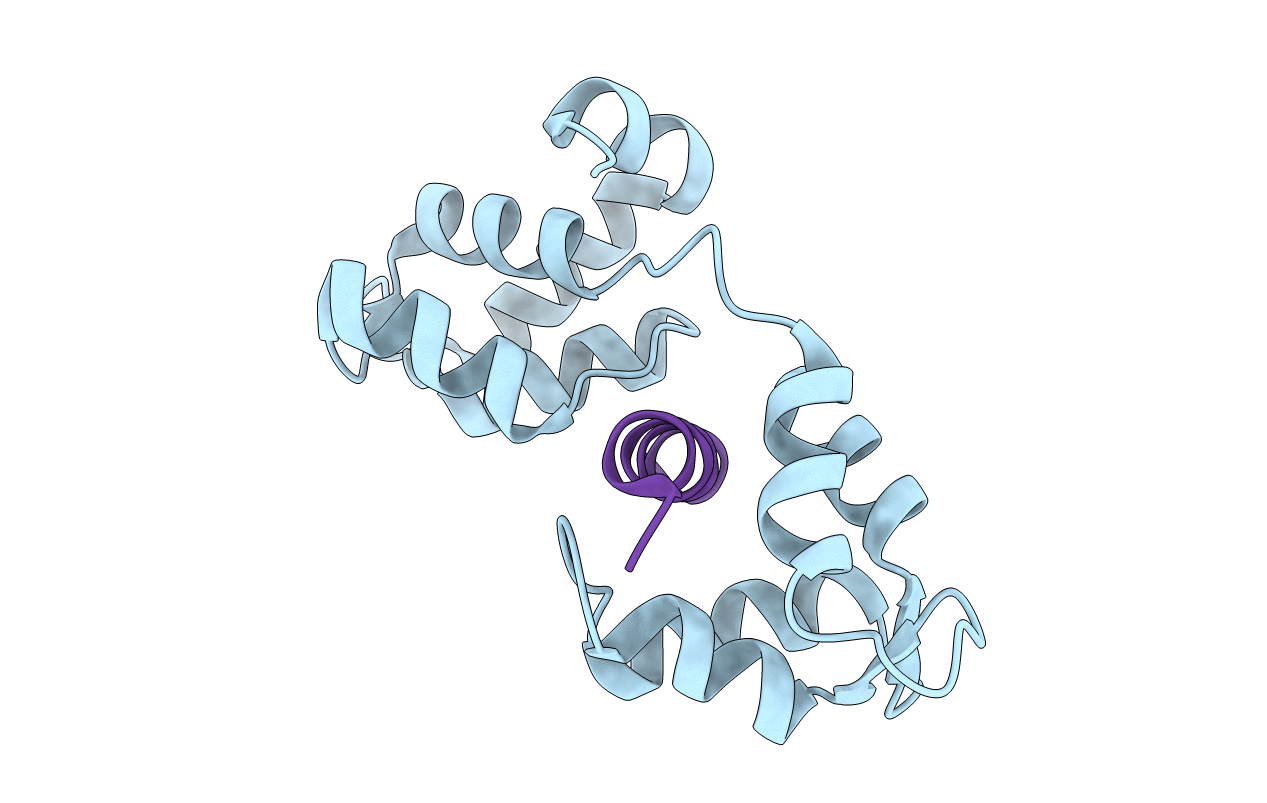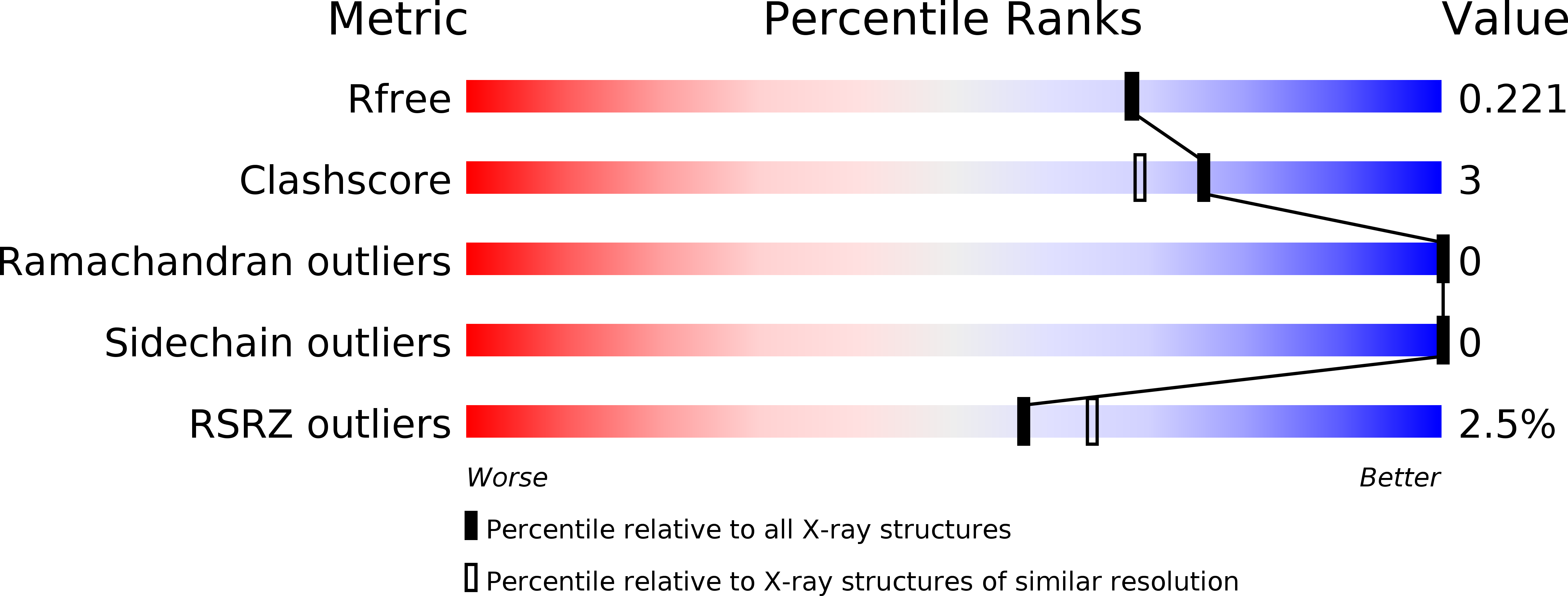
Deposition Date
2012-03-29
Release Date
2012-09-05
Last Version Date
2023-12-20
Entry Detail
Biological Source:
Source Organism:
PLASMODIUM FALCIPARUM (Taxon ID: 5833)
Host Organism:
Method Details:
Experimental Method:
Resolution:
1.94 Å
R-Value Free:
0.22
R-Value Work:
0.17
R-Value Observed:
0.17
Space Group:
P 21 21 21


